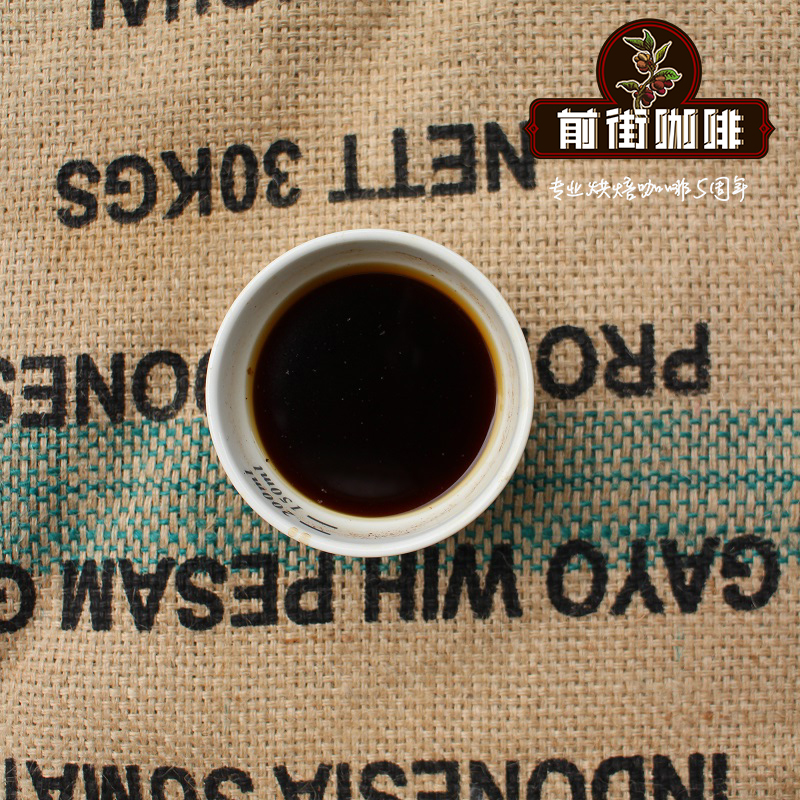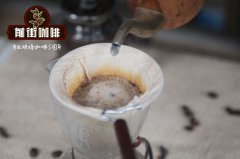Venezuelan coffee production how to drink Venezuelan coffee? What are the characteristics of Venezuelan coffee?

Professional coffee knowledge exchange more coffee bean information please follow the coffee workshop (Wechat official account cafe_style)
The Arabica species originated in the Abyssinia Plateau of Ethiopia and was later transplanted to Yemen. At that time, coffee grown in Arabica was the secret medicine of Islam, and the government strictly prohibited its planting or spreading its breeding technology to other countries. But then Elaraby's seedlings were brought to Europe and became plants of commercial value. This variety has also been planted in their colonies in countries such as the Netherlands, France and the United Kingdom.
Tibica and bourbon, which belong to Arabica native species, are two very important varieties in the study of coffee. The two varieties originated from Ethiopia, their genetic variation rate is low, and the aroma of varieties from different producing areas can be easily distinguished.
The spread process of Tibica species
Tibica spread to Ceylon, India and Java through Yemen, but its offspring died of rust around the 1860s. After that, Ceylon switched to black tea, and places such as India, Java and Sumatra switched to coffee trees planted by Robusta. Although there is no detailed survey data, Sumatra, Sulawesi and the Philippines should still have descendants of Tibica species after this period.
The wide spread of iron pickup has led to coffee on almost every continent, and naturally there is also coffee in Venezuela. Venezuela's famous old beans, its sweet and special flavor is very amazing. However, in recent years, it can be said to be very rich to have a cup of coffee in Venezuela. After all, due to inflation, a cup of coffee can catch up with a house.
The absurdity of the Venezuelan cocoa industry "like beggars on a pile of gold" is just one of the cases in which the industry has been unable to upgrade over the years, so it is controlled by people. In coffee, iron ore and the aforementioned oil industry, its fate is equally ill-fated:
At the end of the 19th century, Venezuela began the "coffee era", but as imperialist countries planted cocoa and coffee beans on a large scale in Africa and Asia, mass-produced secondary markets (such as raw material futures), allowing (new) economic imperialism to once again shake up the coffee (and cocoa) market.
So Venezuela, plagued by cyclical price falls and difficulties in obtaining reasonable market prices, is not a special case of Latin America. For example, Ecuador, whose economy mainly depends on bananas, coffee and cocoa exports, until around 1960, 7 out of every 10 Ecuadorians still lacked basic calories and had one of the highest mortality rates in the world.
Until one night in 1922, Venezuela became an oil-rich country overnight: thanks to the urgent demand for raw materials in World War II, Venezuela strengthened its international position and cooperated with foreign investors in oil refining, but suffered from "Hollandse ziekte", which made the industrial structure highly dependent on a single product.
Before oil excavation, Venezuela, whose agricultural output value originally accounted for 1/3 of the country's total economic output, had less than 10% of its agricultural output value by 1950.
Venezuela's coffee production is not high, most of it is supplied to domestic consumption. Although geographically, Venezuela is mainly produced in the west near Colombia, but its sour taste is very weak, which is not like Colombian beans, but as sweet and deep as Caribbean beans.
Qianjie coffee is recommended to be brewed in 89-90 degrees water to highlight the sweetness of Venezuelan coffee.
Qianjie coffee: Guangzhou bakery, the store is small but a variety of beans, you can find a variety of unknown beans, but also provide online store services. Https://shop104210103.taobao.com
Important Notice :
前街咖啡 FrontStreet Coffee has moved to new addredd:
FrontStreet Coffee Address: 315,Donghua East Road,GuangZhou
Tel:020 38364473
- Prev

What kind of coffee do you have? How much is a cup of Venezuelan coffee?
For more information on coffee beans, please follow the coffee workshop (official Wechat account cafe_style). There are four kinds of coffee trees in the world, namely, Arabica, Robustra, Liberica and Arabusta. But there are only two kinds that have real commercial use and have been planted in large quantities. One is Elaraby.
- Next

What coffee producing areas are there in Mantenin, Indonesia? What's so special about manning coffee?
For more information on coffee beans, please follow the coffee workshop (Wechat official account cafe_style) Indonesian coffee is very diversified in quality, most of which are named after the island's origin: such as Sumatra, Sulawesi, Jawa or Timur. The advantage of Indonesian coffee is that most coffee
Related
- Detailed explanation of Jadeite planting Land in Panamanian Jadeite Manor introduction to the grading system of Jadeite competitive bidding, Red bid, Green bid and Rose Summer
- Story of Coffee planting in Brenka region of Costa Rica Stonehenge Manor anaerobic heavy honey treatment of flavor mouth
- What's on the barrel of Blue Mountain Coffee beans?
- Can American coffee also pull flowers? How to use hot American style to pull out a good-looking pattern?
- Can you make a cold extract with coffee beans? What is the right proportion for cold-extracted coffee formula?
- Indonesian PWN Gold Mandrine Coffee Origin Features Flavor How to Chong? Mandolin coffee is American.
- A brief introduction to the flavor characteristics of Brazilian yellow bourbon coffee beans
- What is the effect of different water quality on the flavor of cold-extracted coffee? What kind of water is best for brewing coffee?
- Why do you think of Rose Summer whenever you mention Panamanian coffee?
- Introduction to the characteristics of authentic blue mountain coffee bean producing areas? What is the CIB Coffee Authority in Jamaica?

